Art has always had a long tradition of political messaging. In today’s day and age of 24 hour news cycles, live camera phone coverage of events, and hashtags for peace, its important to remember that art has at times, and still is, at the forefront of political argument and philosophy. In light of recent events in Paris, I offer a brief survey of some of history’s most famous political art.
(Please refrain from political commentary, this post is meant as an artistic historical context, and not as any statement of political position. I’m leaving out political cartoons and photo-journalism. There are many more examples, so please share your favorites.)
Thank You,
WOC
1770
This primitive engraving by silversmith Paul Revere was spread throughout the colonies as anti-British propaganda. More than any other image, this helped galvanize the revolution.
One of the most controversial paintings in history, David was actually a member of the Paris Assembly under Robspierre that sent thousands to the guillotine. Marat was the mastermind behind the carnage and David has him slumped in death like a martyred saint bathed in golden light.
1814
This is one of Goya’s most famous and extreme images. Napoleon’s soldiers line up the Spanish rebels for execution. Goya pulls no punches in the depiction of the horror, and attempts no romantic glorification of the fallen. The likeness to the Paul Revere engraving is almost uncanny.
1830
Delacroix was right in the middle of the action when the July Revolution took place. His studio was one of the buildings in the background, and actually used locals off the street as models. This image is still used today as an international symbol of freedom.
1870
Gustave Dore became so disgusted with the living conditions of the poor in industrialized London during the Victorian period he did a series of stunning engravings that are still haunting.
1919
German Expressionist Beckmann was persecuted by the Nazi’s for his work, deeming it “degenerate”. He fled into asylum. Many painters, poets, and politcal artists suffered far worse fates during the war, and countless paintings by European artists were destroyed.
1934
Rivera was a well known social activist when he was commissioned to execute this massive mural for the lobby of the new Rockefeller Center. His patrons were not amused, and the painting was destroyed.
1937
One of the most iconic images of the 20th century, Guernica depicts the abstract visceral chaos of the bombing raid on a Spanish village by the Nazi air force. During WWII, when Nazi officers visited Picasso’s studio and saw a print of the famous image, they asked, “Did you do that?”. Picasso answered, “No, you did.”
1964
One of Rockwell’s most famous images, it continues his life long association with depicting civil rights and freedoms.
1963-1989
Before tweets and Instagram there was graffiti art, and the Berlin wall was the Pinterest of the world.
1995
This was both social and artistic politics. WeiWei documents the destruction of a “priceless” Han Dynasty urn. He spent years in a Chinese prison for critiquing the government.
2010
Banksy was the rock star of guerilla art at the beginning of the 21st century.


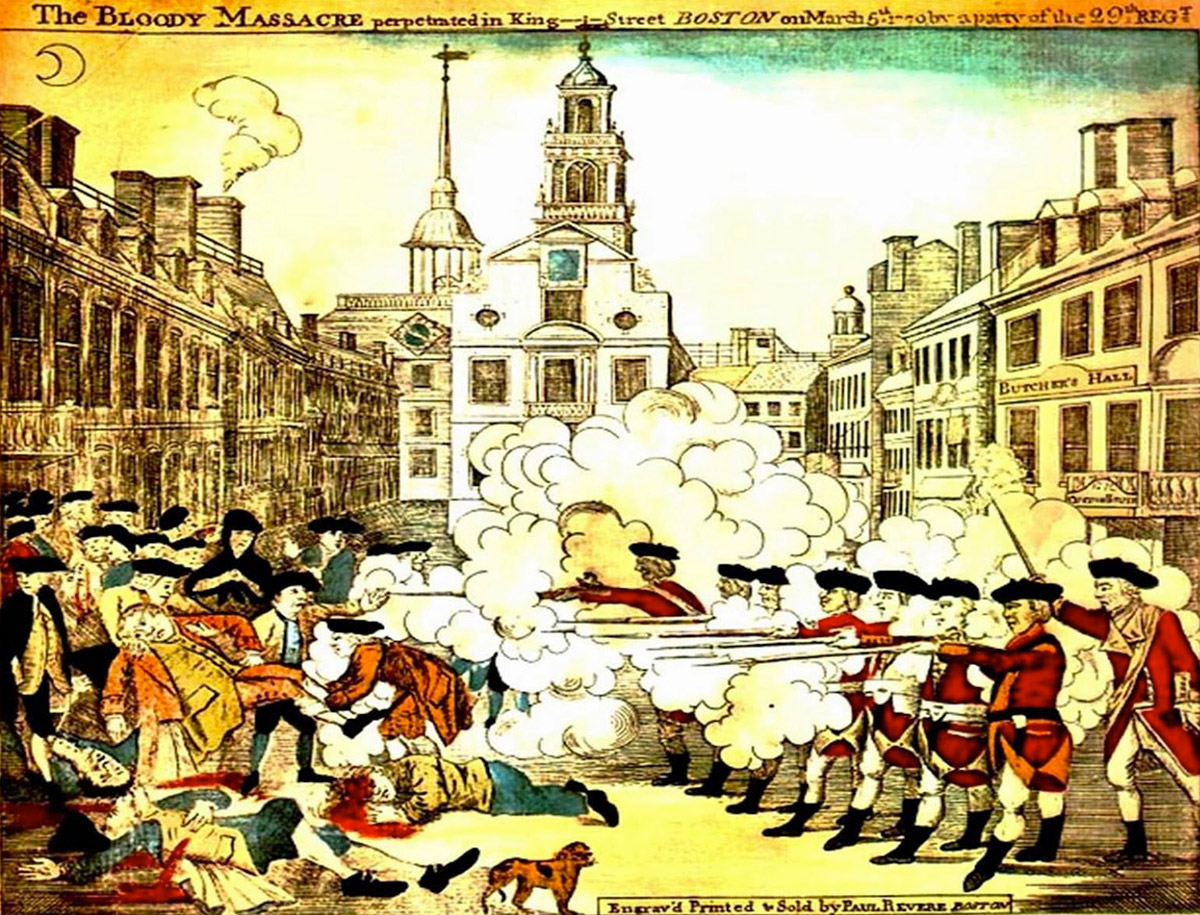
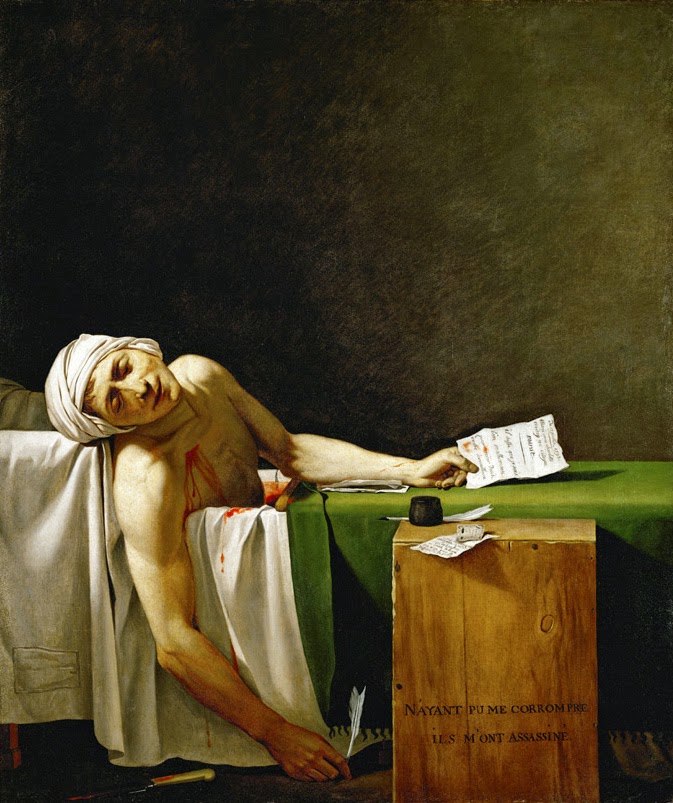
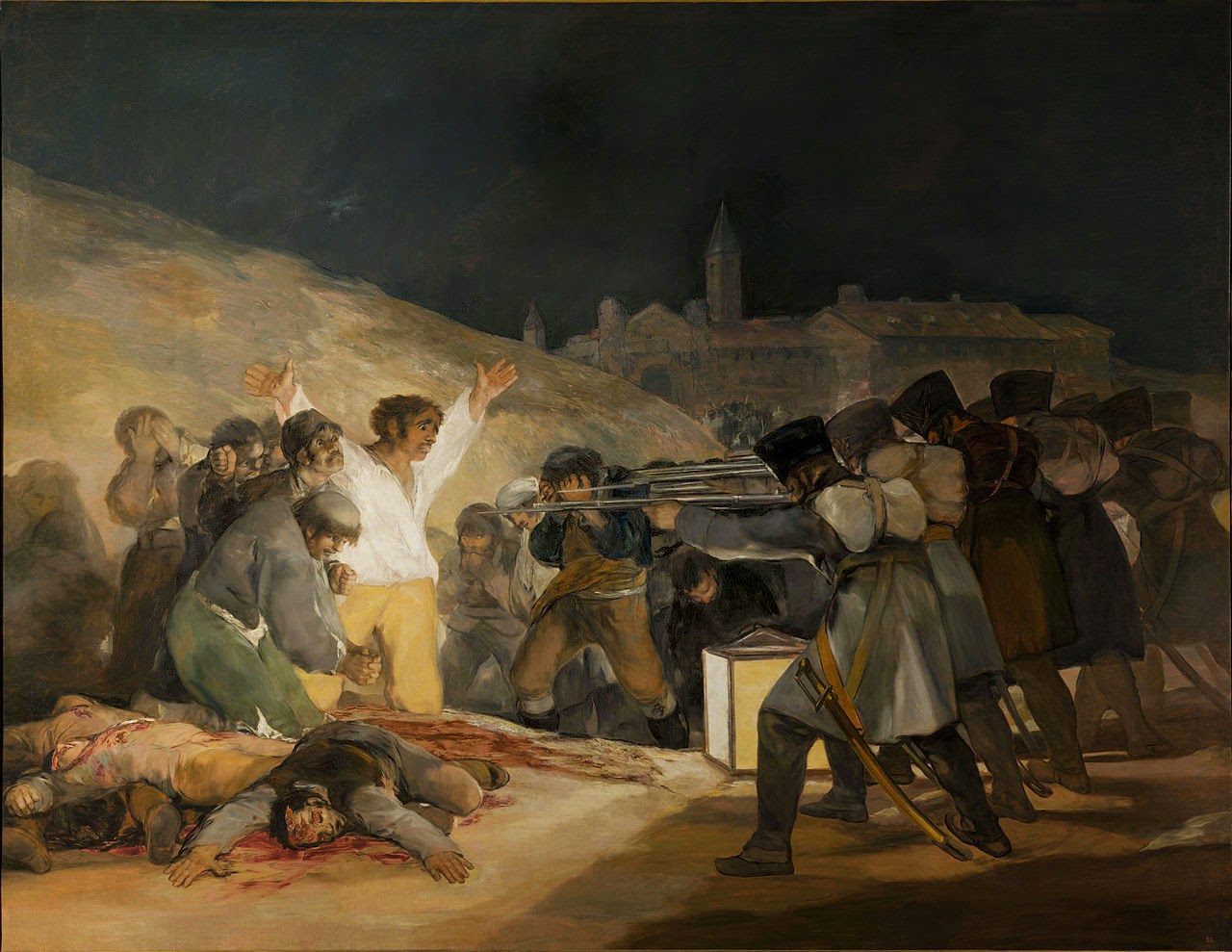
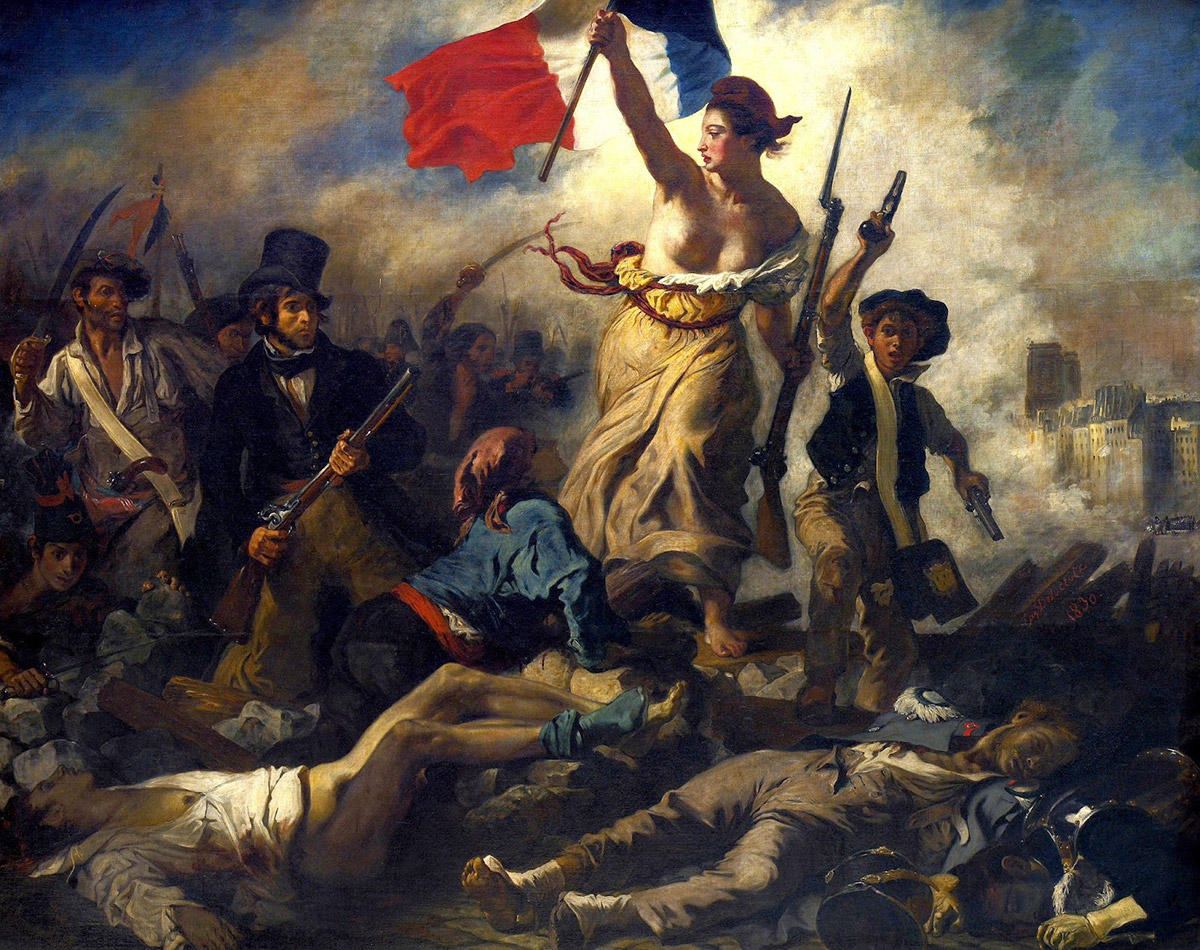
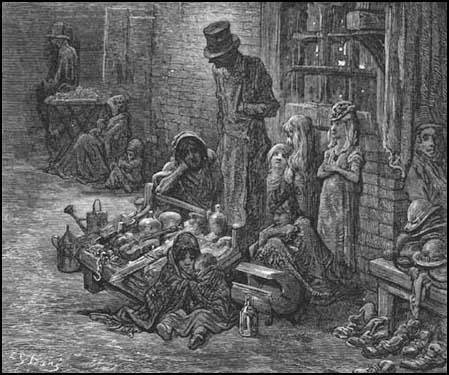
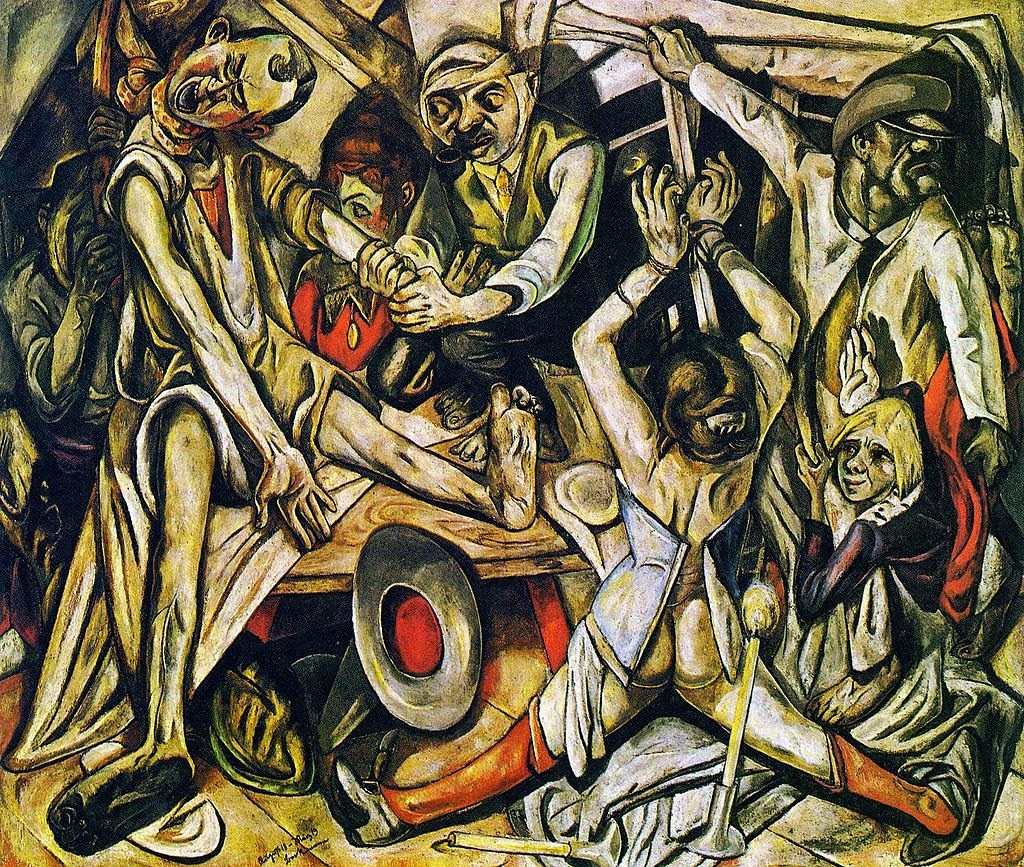
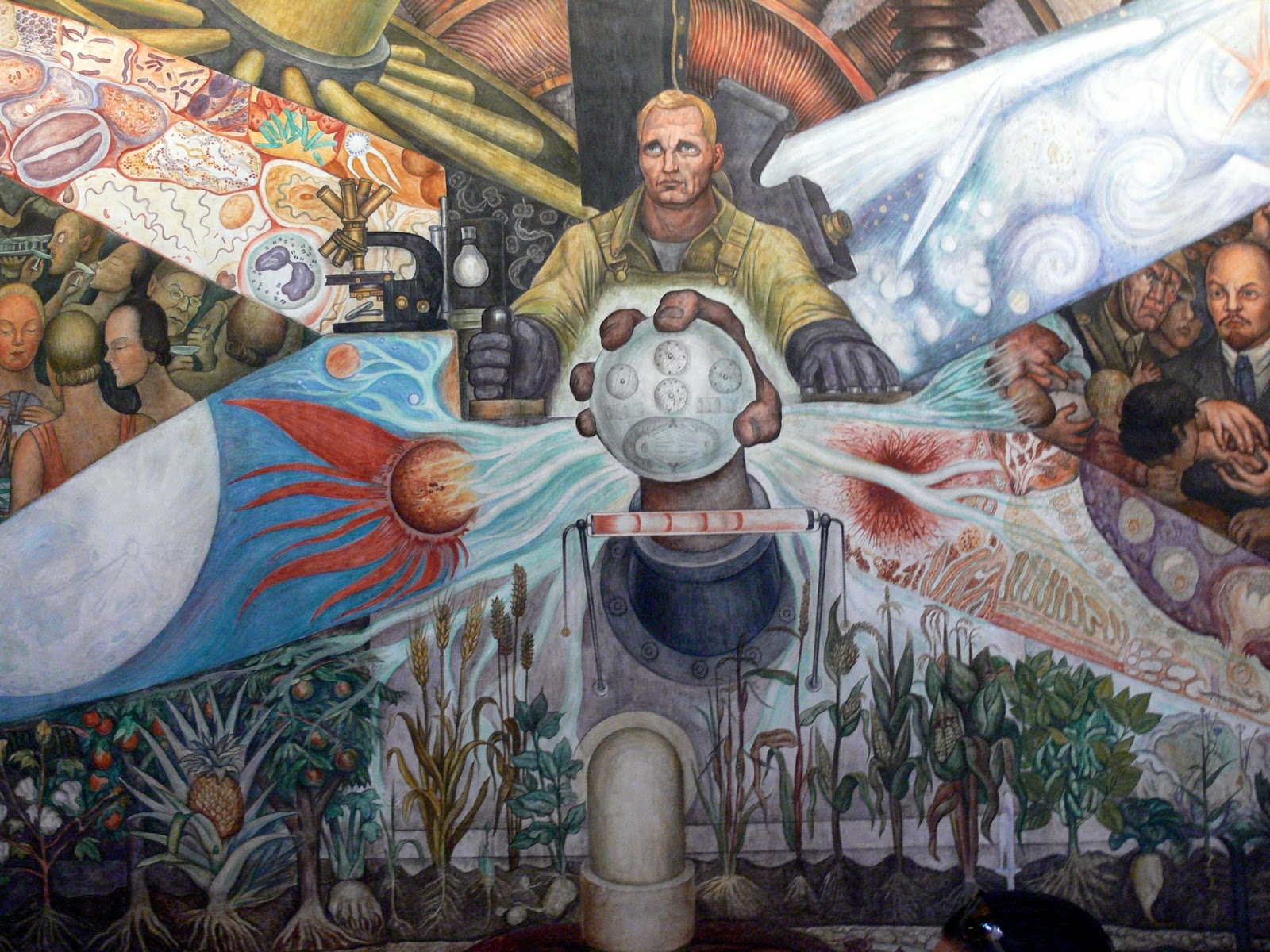

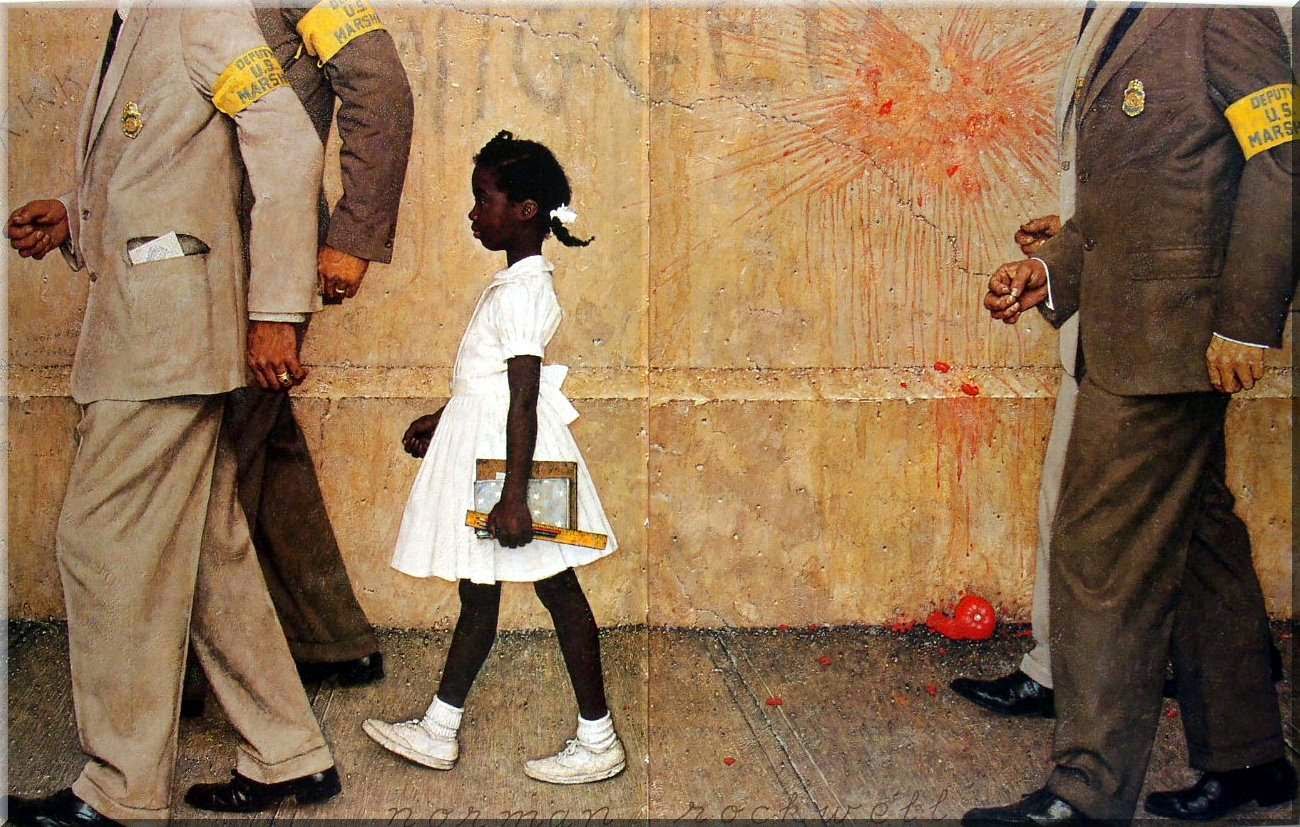


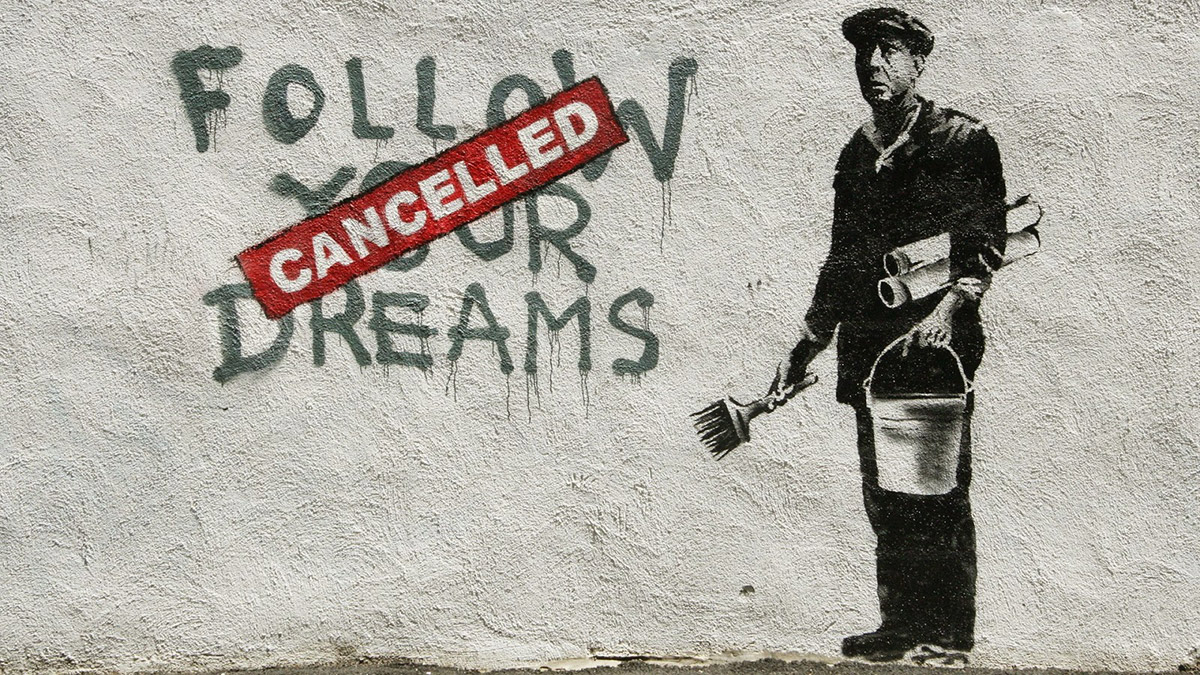

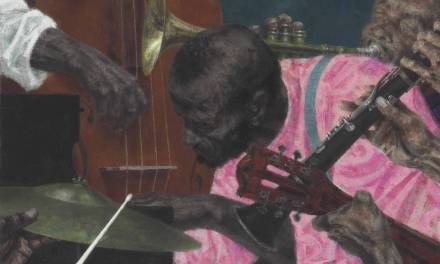
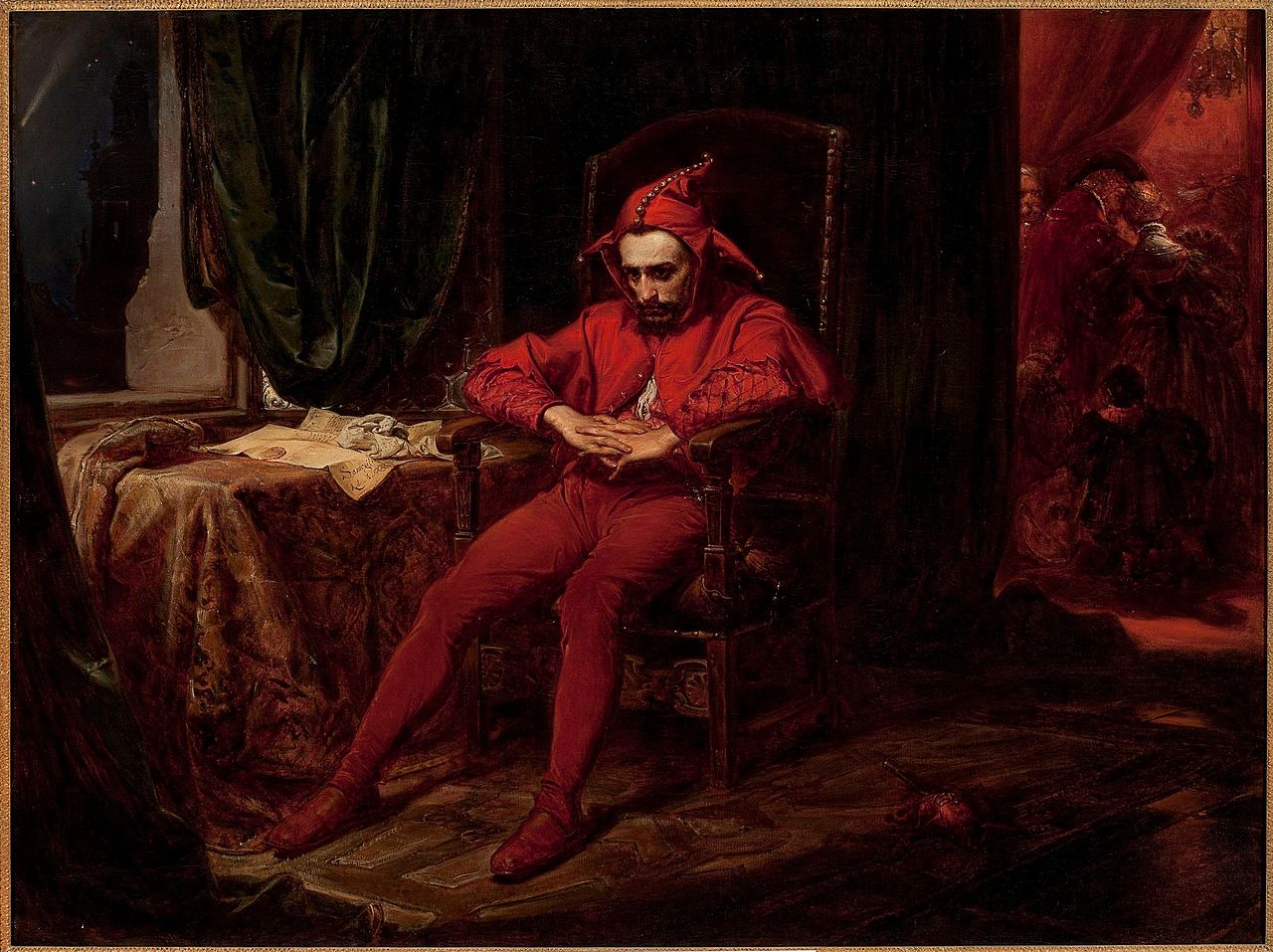
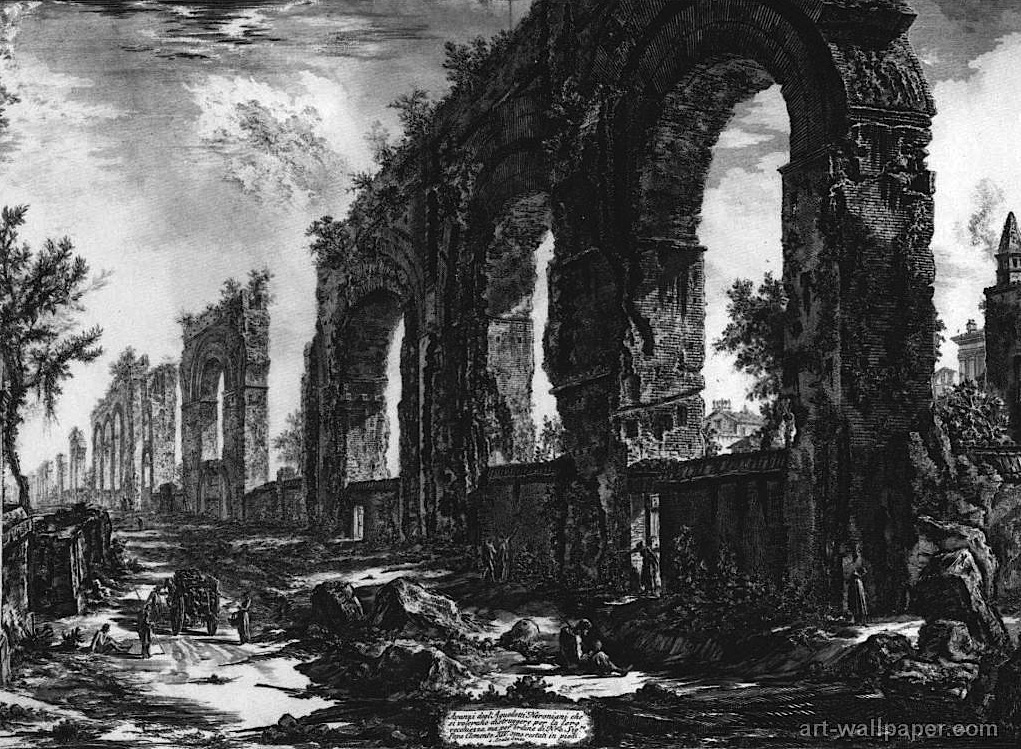

Who was it that said “All Art is Political?”
I've been thinking about that a lot lately. Even fantasy and science fiction illustration has the opportunity for commentary; either as tacit approval of the status quo or something different.
The first painting I saw that made me think about politics was “The Stonebreaker”:
http://en.wikipedia.org/wiki/File:Wallis_The_Stonebreaker.jpg
Daumier's “Rue Transnonain” for its stark realistic depiction, unusual for Daumier known more for caricature.
thats a good one!
thats a good one!
Daumier was on my short list, but I went with the Gustave Dore… excellent pick!
Daumier was on my short list, but I went with the Gustave Dore… excellent pick!
“All Art is Political.” I researched the quote and couldn't find a definitive source….but is very true.
“All Art is Political.” I researched the quote and couldn't find a definitive source….but is very true.
Note- I also did not include any of the darker political art, such as the social realist work of Soviet and Nazi Regimes, but those are fascinating as a counter point to some of these examples.
Note- I also did not include any of the darker political art, such as the social realist work of Soviet and Nazi Regimes, but those are fascinating as a counter point to some of these examples.
As a political scientist (and amateur artist) I fully agree with the sentiment of “All art is political”. As all good science fiction tries to reflect our present society in a new light, science fiction art in particular has the potential of being not only tacitly, but overtly political.
The only place I found the quote appearing in is a video clip for the 2011 movie Anonymous (it's about who really wrote Shakespeare's plays, evidently):
“All art is political, otherwise it would just be decoration. And all artists have something to say, otherwise they would just be cobblers.”
Link to video clip: http://www.imdb.com/rg/VIDEO_PLAY/LINK//video/imdb/vi714776089/
@Ruben- Very true!- Science Fiction literature and film (War of the Worlds, Farenheit 451, Metropolis, Gattica, et al…) have been excellent mediums for social and political commentary during the 20th century. Earlier “Fantasy” literature like Voltaire's “Candide”, or Swift's “Gulliver's Travels” are also very political. Thanks
@Ruben- Very true!- Science Fiction literature and film (War of the Worlds, Farenheit 451, Metropolis, Gattica, et al…) have been excellent mediums for social and political commentary during the 20th century. Earlier “Fantasy” literature like Voltaire's “Candide”, or Swift's “Gulliver's Travels” are also very political. Thanks
William … yes, some of the propaganda artwork of WW1/2 is stunning. Their purpose is obviously questionable, but the craft behind it is undeniable. And very timeless … no wonder elements of them are still used today in material for games and so on.
That is also why I would choose 'Liberty leading the people' as my favourite of the ones posted here. The colour and lighting used, the way the characters are handled – that painting could speak equally strong to a young fantasy-art nut today as it did to any audience during the time it was created.
Had never hear of that exchange between Picasso and the Naizi officers … simply brilliant!
Picasso's run-in with the Nazi officer is legendary- its depicted in the opening scene of:
The Power of Art: Picasso
https://www.youtube.com/watch?v=eNC92dP_RRc
Picasso's run-in with the Nazi officer is legendary- its depicted in the opening scene of:
The Power of Art: Picasso
https://www.youtube.com/watch?v=eNC92dP_RRc
Thanks! BBC Worldwide has blocked that video in my country but have found it elsewhere.
excellent! I recommend all of the “Power of Art” episodes to any art enthusiast, I wish there were more.
excellent! I recommend all of the “Power of Art” episodes to any art enthusiast, I wish there were more.